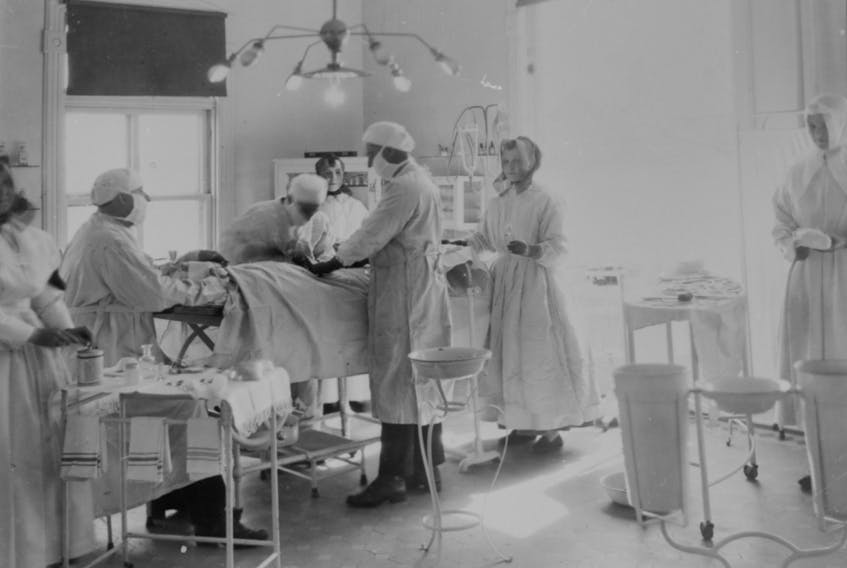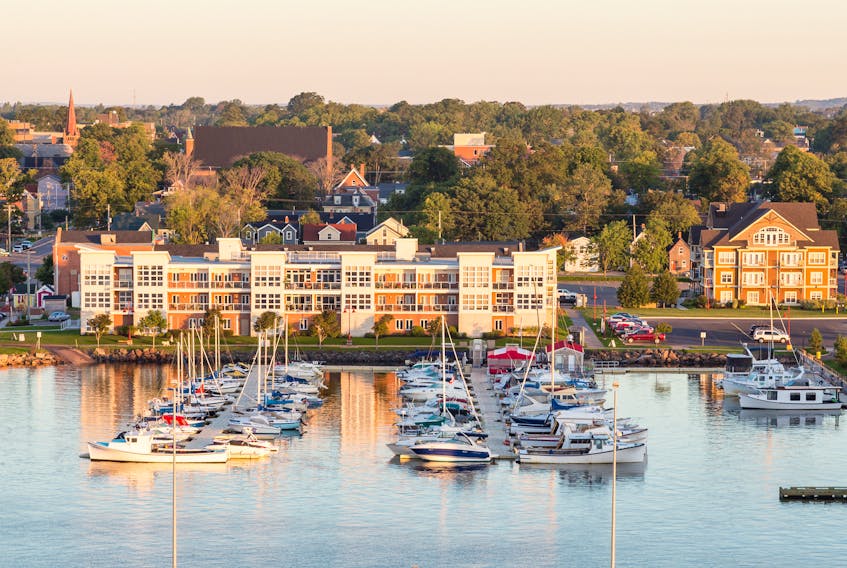Pierre Poirier had a loaf of bread to thank for getting him out of prison.
It was the summer of 1755. Recently wed and living near what's now Sackville, N.B., Poirier was one of many Acadian men in his region invited to a British-run information session regarding land.
Georges Arsenault, a P.E.I. historian and descendent of Pierre, confirmed that this was just a ploy.
"Once they got there they were imprisoned," he said.
The men were held at Fort Lawrence, N.S. during what was the beginning of what has since become known as the Great Upheaval. For about three months, Pierre waited to be forcibly deported, while his wife, Marguerite, fled to escape the same fate.
They were just some of the many early Acadians whose plight played a role in shaping the Maritime provinces. This year, Prince Edward Island is celebrating the tricentennial anniversary of these first French settlers.
"In 1720, that's when the first settlement was opened on the Island," Arsenault said. "French has been spoken on the Island for 300 years."
It might mark the first time this centennial is recognized on P.E.I. That's because it wasn't until the 1960s that the French language started to become more celebrated across the Maritimes – a shyness that may have been influenced by the hardships their ancestors faced, Arsenault said.
Little did the British soldiers know that she had hidden a knife inside of its crust.
The prisoners used it to dig a 12-foot tunnel underneath the walls of their confinement. On a stormy October night, about 85 of them, including Poirier, managed to make their escape and avoid being deported,
He went straight home to his village to reunite with Marguerite, who by this point was about eight months pregnant with their first child. But alas, the community was deserted.
Having grown up in the community of Abram-Village, Arsenault has always valued his family's history. He believes it's important to know because it wasn't as well documented when he was in school.
"When I went to school, I couldn't speak French," he said.
His years of Acadian research led him to publish a few books, his most recent being Illustrated History of the Acadians of Prince Edward Island. It was written to act as a resource for people wanting to learn more about this 300-year journey, he said.
"There's about a quarter of Islanders who claim they have French ancestry," he said. "I'd like to encourage people to read up on the history."
During Pierre's journey, he met some Mi'kmaq people in the area, who Arsenault notes had resided in the Maritimes well before the colonies. They informed Pierre that the people of his village fled to Cocagne, N.B.
"That's where it's told Pierre found his wife," Arsenault said.
Having reunited at long last, they arranged to set sail for the colony of Île Saint-Jean as refugees. The same month Pierre escaped incarceration, Marguerite also gave birth to their daughter, Rosalie.
They settled there until 1758, when they were forced away to escape deportation a second time. Eventually they were able to return and settle down for good, but many Acadians still found it hard to secure land and stable work because of their language, Arsenault said.
DID YOU KNOW?
Many P.E.I. communities inherited their names from the early French settlers, Arsenault said. These include:
Morell
Crapaud
Souris
Bay Fortune
While some used to have French names but have since been translated, such as:
St. Peter's Harbour (Havre-Saint-Pierre)
Wood Islands (Île à Bois)
Cape Bear (Cap à l'Ours)
North River (Rivière du Nord)
 |
| Alvina, left, and Alcide Bernard lead the parade and showcase their Acadian pride during the Acadian Festival in Evangeline in 1992. - Photo credit, Georges Arsenault/Special to The Guardian |
Today, Île Saint-Jean is known as P.E.I., and French is looked at much differently.
P.E.I. Lt.-Gov. Antionette Perry is part of a committee planning celebrations for this year’s Acadie 300 Î.-P.-É. While it has been postponed due to the COVID-19 pandemic, there will be events offered to some extent soon, likely via virtual platforms, she said.
Like Arsenault, she is a descendent of Pierre Poirier.
"We're all connected some way, there," she said.
That's because, according to Arsenault's research, Pierre was likely the first to change his surname as it was difficult for the English to pronounce. He changed it to Perry, Arsenault said.
Pierre and Marguerite's lineage still lives on today. Their children were among the pioneers of Tignish, and many of their descendants made names for themselves, whether as the first Maritime Acadian to be ordained a priest or the first elected into the House of Commons.
Acadian on both sides, Perry is grateful for the sense of freedom she feels in living her heritage on P.E.I., where the French language has since become a vibrant and lively part of Island life, she said.
"I know that I would not be able to live my culture as fully as anywhere else in the world. Because this is Acadie, after all."
Twitter.com/dnlbrown95








